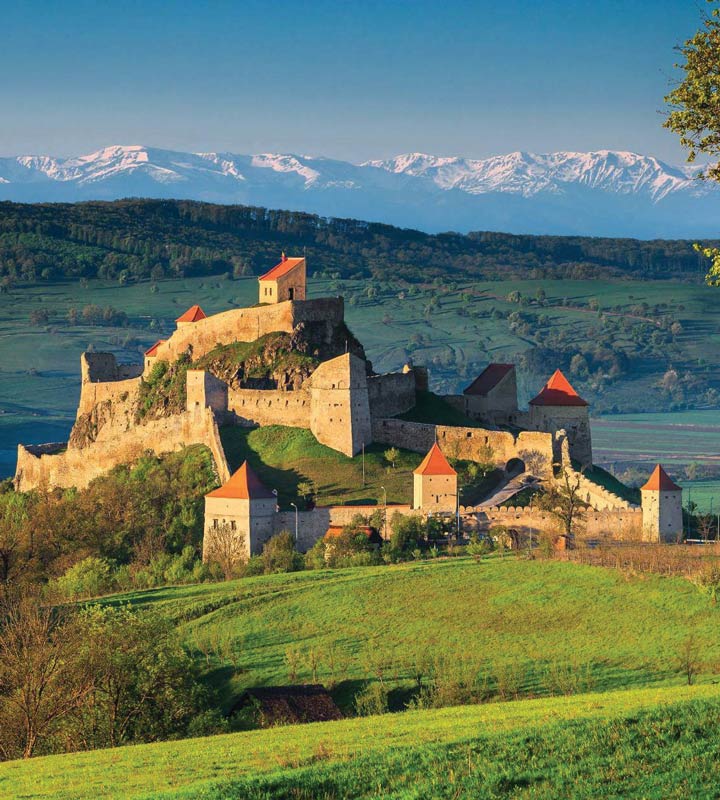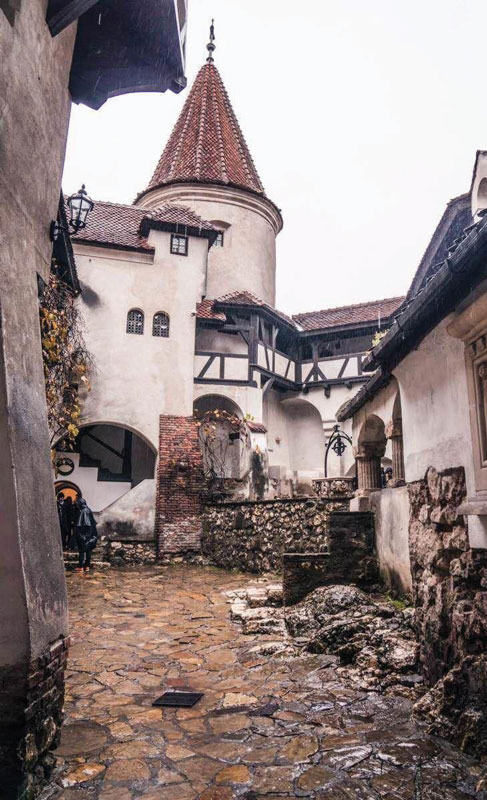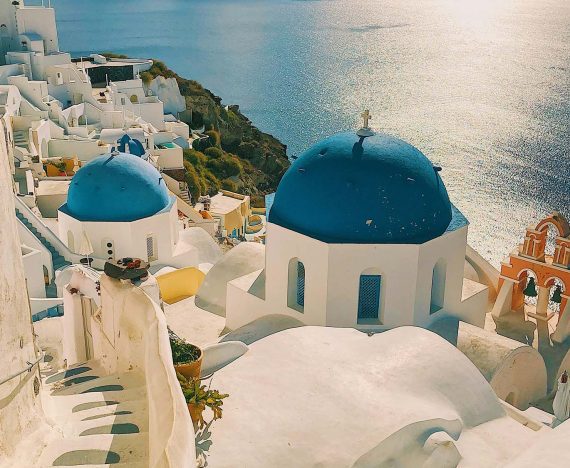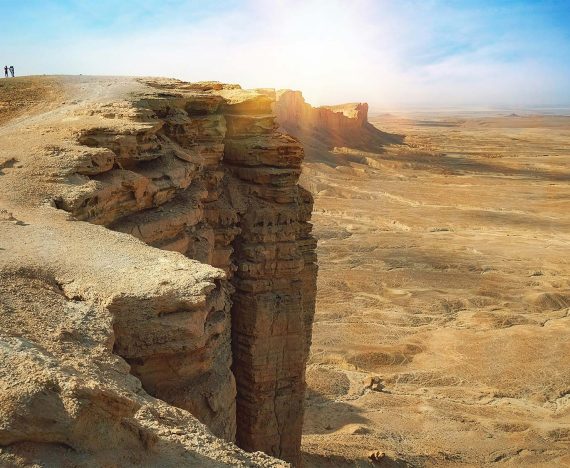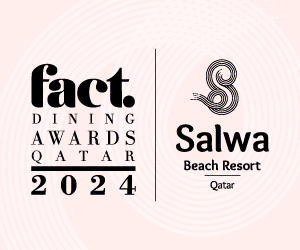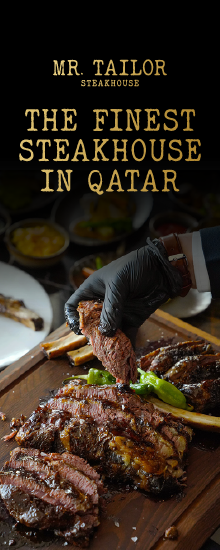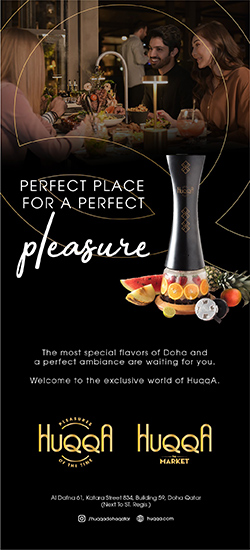GREEN TO GO!
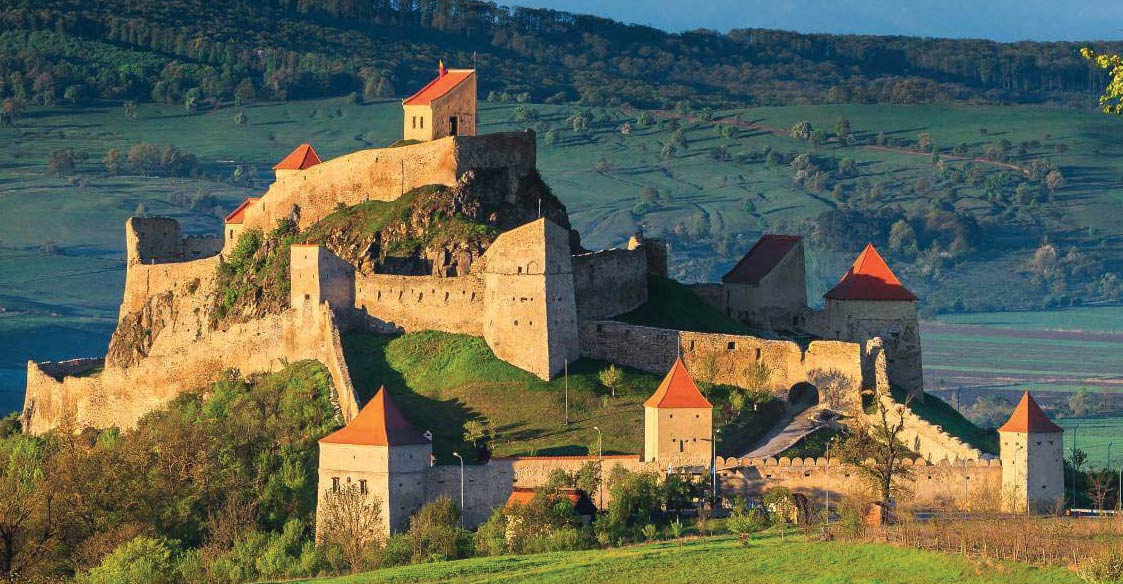
From mountains to monasteries and cycling pathways — as the Ministry of Public Health adds Romania to its green list, here are some brief highlights from FACT to help you explore this often overlooked destination
Romania is beautiful. From picturesque mountains to artistically painted monasteries and one of the coolest cycling pathways — this is where you really should head next.
In terms of prices, you cannot beat Romania in Europe. A five-star hotel in the city centre can be found for as little as USD90 a night. And once you’re there the prices are just as friendly. A slice at local favourite Latin Pizza costs just a few dollars and tickets for castles and palaces come in at USD10. Most importantly, the breathtaking views are plentiful, and those won’t cost you a thing.
TRANSYLVANIA
Culture Palace, Târgu Mureş
This ornate secessionist-style building, ostentatiously tiled on the outside and colourfully furnished within, is unlike anything else in Transylvania. Built between 1911 and 1913, at the request of Târgu Mureş’s then mayor György Bernády, the Culture Palace features Art Nouveau architecture, bronze busts of composers and intricate stained glass. The building has served many purposes over the years, from county library to school of fine arts.
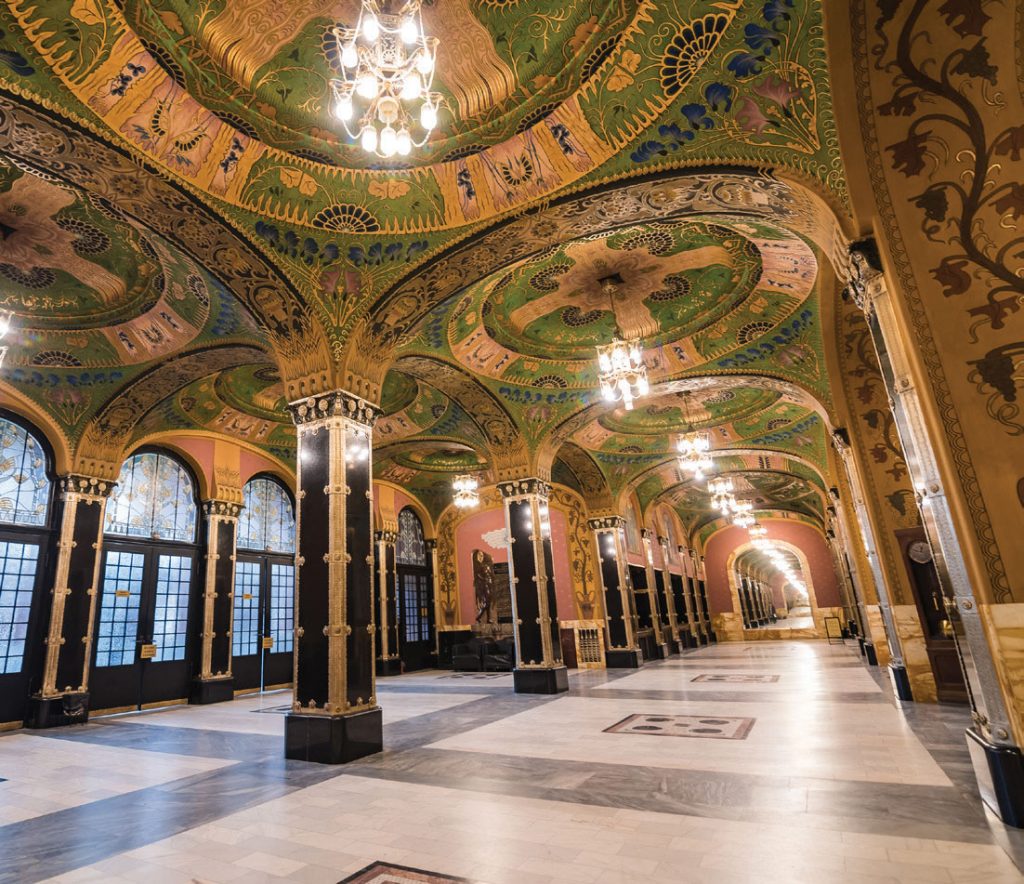
The Gothic City of Brasov
Famous for its ancient towns and the illustrious tale of Dracula, the Transylvania region of Romania is more than its legend and lore. The mediaeval centre of this city — one of the most visited places in Romania — is still very well preserved, colourful and resplendent with Gothic, Baroque and Renaissance architecture. The Black Church (so called because it was damaged in a fire) is the main Gothic building in Romania, but the city is less about the historic monuments than simply feeling the life along the narrow streets, maybe snagging an outdoor table at one of the charming little restaurants.
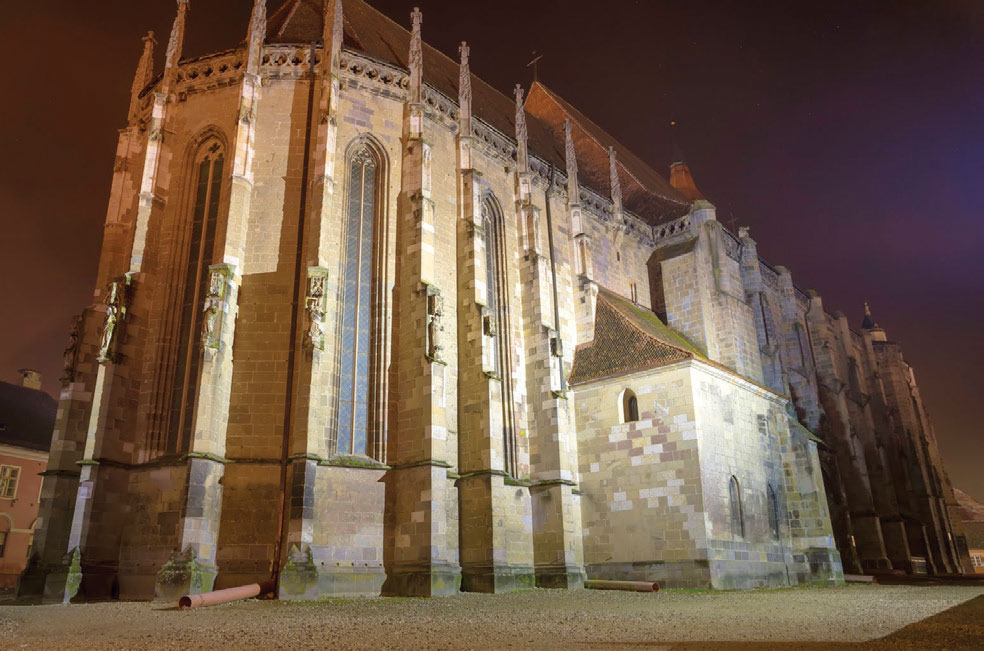
Sibiu
This is a city to explore on foot. A former European Capital of Culture, Sibiu is known for its Germanic architecture, a legacy of the 12th-century Saxon settlers. The mediaeval walls and towers are very well preserved. A main attraction of the city is the castiron Bridge of Lies, so called because of the legends and tales that surround it. One is that the bridge will collapse as soon as anyone tells a lie while standing on it. Another, that it was often crossed by young lovers who made grand promises to one another, and were then tossed off when those proved false. Disappointingly, it’s all a mistranslation, as the original name was Liegenbrücke, German for ‘lying bridge,’ but in the sense of lying down, not of betrayals.
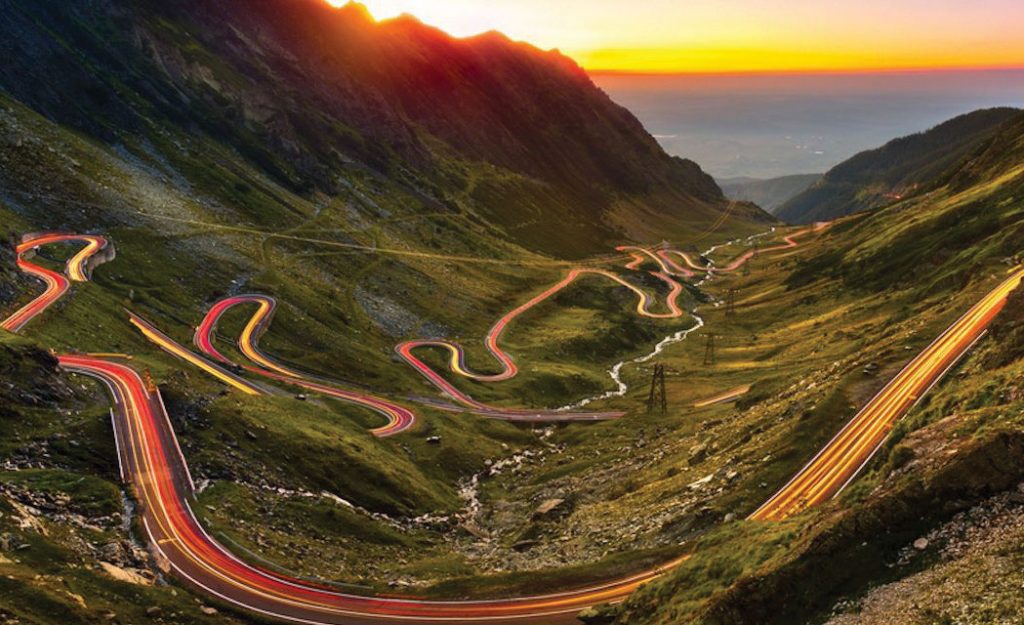
The Biodiversity
Transylvania has the potential to be a sort of European Yellowstone, a status that preservation organisations are working to reach. It still has untouched forests as well as some meadows that have never been used for agriculture and now have some of the largest biodiversity in the world. The region is home to 6,500 brown bears, about 40% of the brown bear population in Europe, and at least 2,500 wolves.
All of this hilly and mountainous nature is obviously appealing to outdoor enthusiasts. Even better, no one can have fences on their property, meaning there are miles and miles of uninterrupted trails you can cycle or hike through whilst snapping picturesque photographs and snacking along the roadside at small cafes that are budget friendly, yet aesthetically pleasing.
There are various ways to get around the country, especially from Transylvania to Bucharest, but we advise you to opt for the Transfăgărășan mountain road which is by far the most impressive one featuring a series of hairpin turns, curves and steep ascents and descents in a background of lush green fields, trees and wildlife.
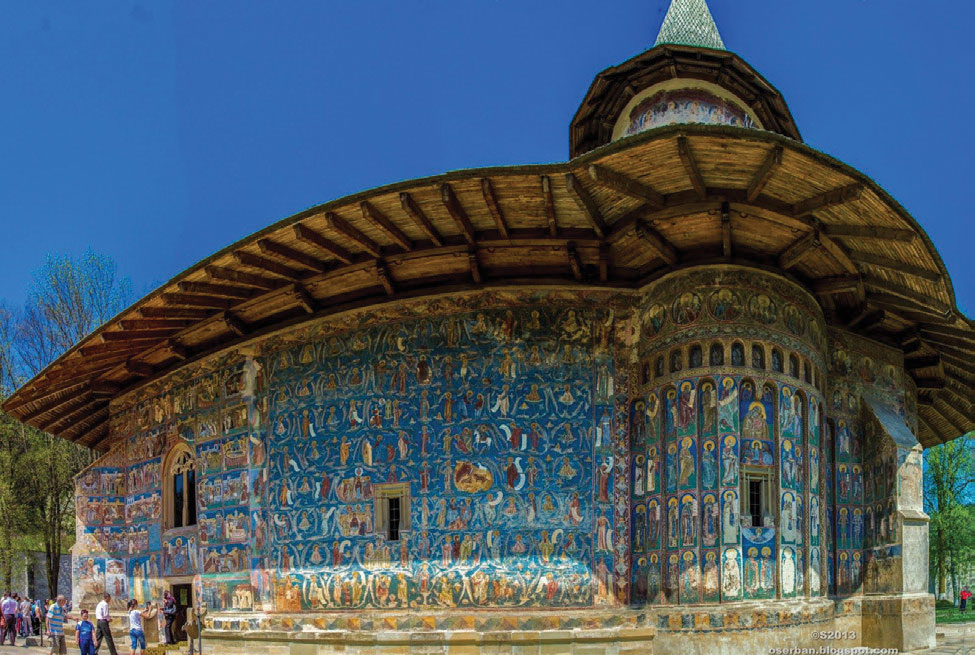
National Museum of Contemporary Art, Bacharest
The world’s largest, most expensive and heaviest civilian administrative building, Bucharest’s Palace of the Parliament, is truly an unknown wonder. The museum is housed inside the very grand and very historic People’s House (or the Palace of Parliament). It has massive, firm architecture from the Communist era, which is a sharp contrast to all the lively, revolutionary art exhibitions and cultural events that the museum hosts. On the top floor, there is a vast concrete terrace that provides a singular and spectacular view of the entire city.
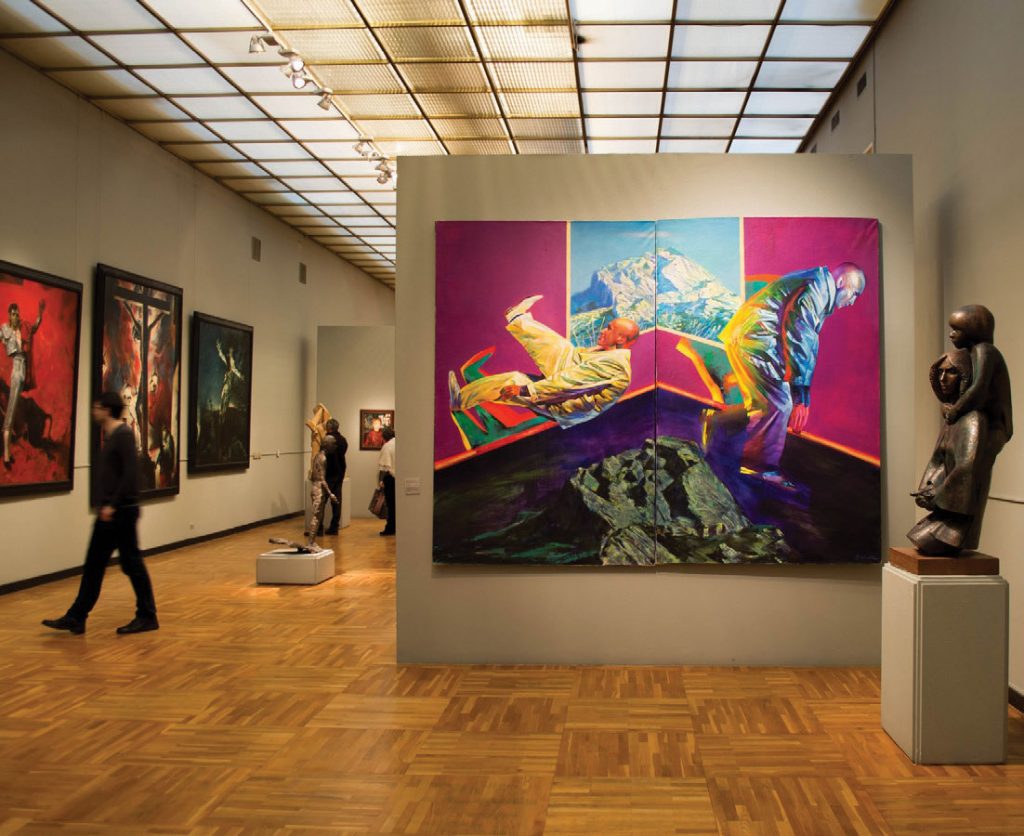
Monasteries and Castles in Vatra Dornei
Using Vatra Dornei as your home base, explore two of the most famous monasteries in Romania, Putna and Voronet. The first monastery founded by Stephen the Great, one of the most famous princes of Moldavia, Putna Monastery is known for its stunning murals; Voronet Monastery showcases intricate works of art on its floor and ceiling, both inside and out. It’s also a UNESCO World Heritage Site.
Next, make your way back towards Transylvania and Bran Castle via the Zabola Estate, a 15th century castle turned sanatorium turned hotel, from here you’ll be able to easily make your way towards Bran Castle, which is certainly the most famous castle in the area, but not the most decadent. This national landmark is also known as Dracula’s Castle, due to its similarity to the fortress described in Bram Stoker’s novel. However, in fact, it pales in comparison to some others that are around, including Peles Castle and Cantacuzimo Castle.
Cantacuzimo Castle, a former hunting house turned museum and art gallery sits high up on a hill overlooking the valley — another perfect spot for a nice lunch and photography. There’s a reason that this is where Bucharest locals escape to in the winter — and that is simply because the views from here and breathtaking.
With all this to see, Romania is definitely on our ‘go-to’ list of travel destinations.








